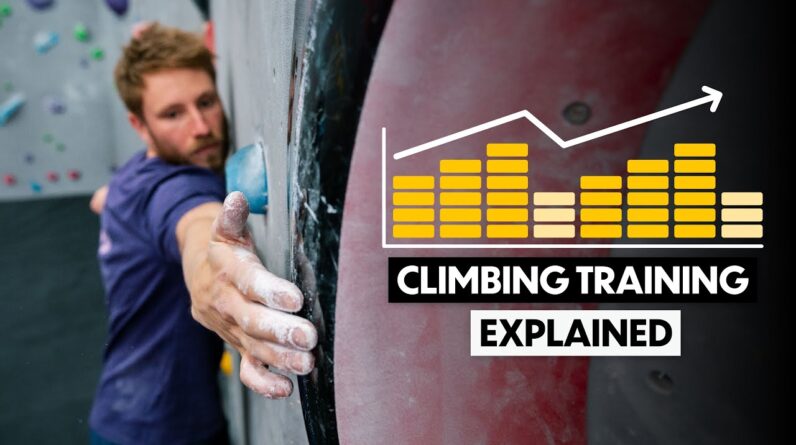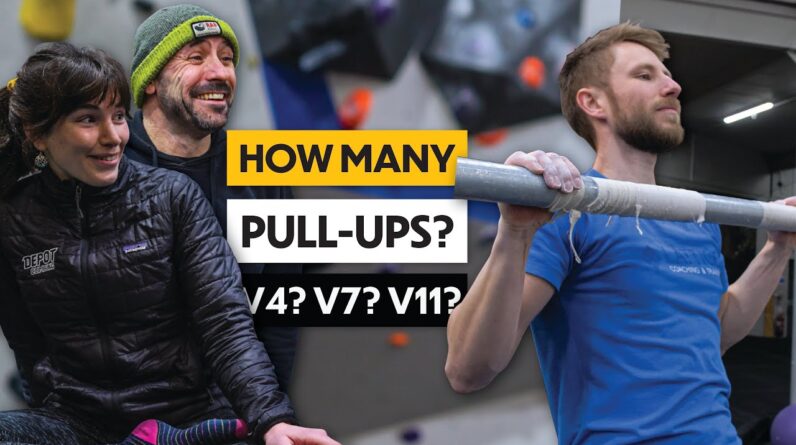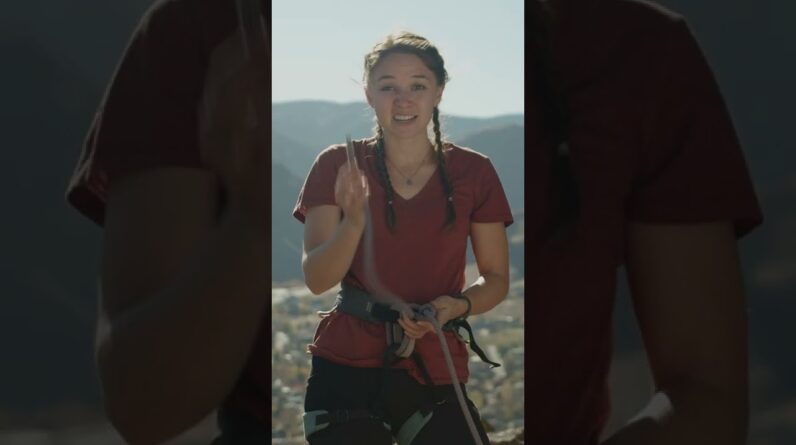
Part 2 of the plan writing series and we are talking about building out the big picture and training timeline. We discuss topics like periodisation and progressive overload which set the foundation for any successful training plan. We also build out the concept of using goal setting to direct your training and keep things measurable. In the coming episodes we will continue to build the details and dive into correct climbing session and exercise selection.
In the previous episode of our plan Writing series we discussed how to be Confident in knowing you’re on the right Direction in your training plan writing Today in this episode we are going the Next step and we’re going to start to Plan the journey assessments was all About understanding where we are Starting with our journey and we also Have an idea about where we want to end Up with addressing our weaknesses maybe Setting some goals this is where i think The fun bit starts and we get to plan Out our journey from point a to point b However we’re going to start this with a Broad view imagine you’re painting a Painting you need to first set the Foundation before we start filling in The details to come back to our journey Analogy i want you to imagine you’re Planning a road trip now if you were Doing this you would likely just be Selecting the destinations or stop-offs Along the way before you start deciding Which roads you’re going to take we’re Going to take the same approach with Training plan writing and what we’re Going to do is instead of planning our Stop-offs or destinations to visit along The way we’re going to set some training Goals which are gonna be our Intermediate goals along our training Journey then very simply we can just Join up the dots or like you would using
Google maps is just plan the journey Between those destinations some of the Most accomplished climbers in the world Are very good at setting meticulous Goals and in this way it makes their Training very directed without goals It’s really easy to get lost in your Training and not know where you’re going So what do i mean by these stop-offs or These training goals along your journey At a simplest level they are just going To be specific intermediate goals which Ultimately help you work towards your Big goal which is probably improving Performance reaching a new grade or Climbing a specific project from the Assessment you’ll have an idea if you Want to work on flexibility finger Strength endurance or something like This and this is where your goal starts But we need to make it a little bit more Specific so it helps us direct our Training so for example a bouldering Specialist might want to work on finger Strength and core strength to achieve Their ultimate goal of climbing a harder Grade however we want to be more Specific with this goal setting and this Is going to refer back to what we did in Our assessment stage the details are Going to come in measurable numbers Within our training so for example a Boulder that’s trying to improve finger Strength might be starting at 120 of
Body weight on a finger strength test They might want to build that to 130 so That they have some measurable direction Within their training now we have two Very important details within our Planning process a focus for example Finger strength but also a framework to Build a timeline so if we’re moving from 120 think strength to 130 finger Strength we’re going to have to set a Realistic time frame at which we can Achieve that change the finger strength Example is a nice one because it’s Really simple and really measurable However if you’re writing your own Training plan it’s likely that there’s Multiple things you’ve addressed or Would like to train in order to get Better at climbing when it comes to Setting a training focus for your plan i Recommend choosing two or maybe four Different training focuses but no more Because it really needs to be simple it Could even be just one training focus For example finger strength if it’s your First time writing a self-coached plan Don’t over complicate it at this stage Because ultimately your training plan Will be harder to stick to and there’s The possibility that you’ll just end up Plateauing in multiple different areas Without having a decent focus within Your training once you know where your Goals and your training focus is we move
On to the next bit which is planning Your timeline the best plans are Realistic and achievable to be realistic With your training break down your Training goals into small steps so that You can monitor your progress along the Way see if you’re hitting these small Steps and see if your training was Ultimately achievable if we go back to The finger strength example of building From 120 to 130 percent what we’re going To do is we’re going to set that 130 in The future and then work backwards this Way we can see these small steps and the Speed or rate at which we’re planning to Increase our finger strength to achieve That goal we have now added a timeline To our training and we can start to see If our training looks realistic it also Allows us to monitor our training along The way and if we find that we’re not Progressing at the rate at which we’ve Planned out we can look back at our Goals and reconsider what is now a Realistic time frame according to our Time our energy and how much we can Train at this stage it should be obvious To see that to improve in your training You need to get stronger fitter more Flexible whatever it is and to do this We need to introduce a really big Training principle at this part of the Plan which is progressive overload the Principle of progressive overload is
Often referred back to the 6th century Bc where you may have seen images Depicting a man carrying a bull from an Infant through to an adult and each day That man carried the bull and the ball Grew bigger the man would also gain in Strength and size so that he could Support the weight of the bolt the idea Is simple if you add load to the body Progressively over time your body will Adapt to be able to handle that load That you give it of course this needs to Happen slowly and progressively over a Time period to plan progressive overload Into your training plan we must first Appreciate your training history and Your starting point this is really Important that you don’t follow someone Else’s plan based on their training History if you’re starting hang boarding For example but you have never hang Boarded before appreciate that you’re Going to need to do this very slowly in The first few weeks maybe just one Session and a really short one at that So that you gradually build it into the Training plan whereas someone that’s Been doing two hang boarding sessions a Week for the past few months they might Find that they can add more volume or More intensity to the plan at a quicker Rate your primary focus at the beginning Of a training plan is to build volume And not intensity and this is especially
True if the training methods are new to You this will help you build movement Awareness confidence and robustness Within your body being able to tolerate The training that you’re doing is one of The most important factors in Progressing within your ability building Up the intensity will often come later Down the line and coincide with either Building for a climbing trip a peak Season or a competition if you’re not Training to perform at your best for any Particular point in the year then you Might simply just add in blocks of Intensity or recruitment to consolidate That strength and then build back into a Volume building block later on in the Year before we get into example of a Zoomed out training plan which covers All of the topics we’ve discussed so far We should briefly mention what we mean By training blocks training blocks are Often used to chunk down individual Periods within a training plan which Might even have a more distinct focus Within that training block focused Training blocks might for example look At building primarily strength or Fitness however at this stage we’re not Going to dive into block training which Looks to focus on specific areas because Most beginner to advanced climbers can See great success from following a Concurrent training plan which basically
Means training multiple different Focuses at the same time as long as your Goals are focused and few don’t be Concerned about the interference of Training different training methods Until you reach a very advanced level or Elite level of climbing performance one Thing we are definitely going to carry Over from block training is the idea of Introducing deload weeks into our Training plan very simply a deload week Is going to be introduced every three to Four weeks and that week is going to be Roughly 50 Of the peak training load within that Three to four week period let’s look at An example of an eight week training Plan where we are going to focus on the Four things we measured in our episode One where we looked at assessments here We were looking at our endurance our Pull-up strength our finger strength and Our flexibility in this plan we’re Identifying endurance and pull-ups as The thing we want to focus on most in The training plan if we look across the Eight-week period we’re trying to Progress these measures much more than We are the measures which we identified As a lower focus risk in our training Making these two things that we Addressed as a weakness the focus of the Training plan is going to help improve Our success in building upon these in
The next episode we’re going to be Covering how we choose the exercises That go into our training plan we’re Going to be looking at energy systems Strength and conditioning and the said Principle [Music] [Music]






